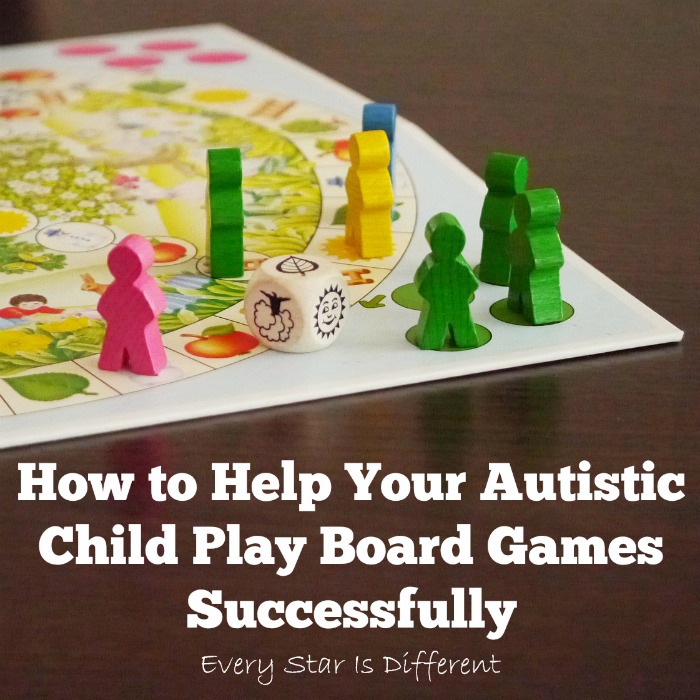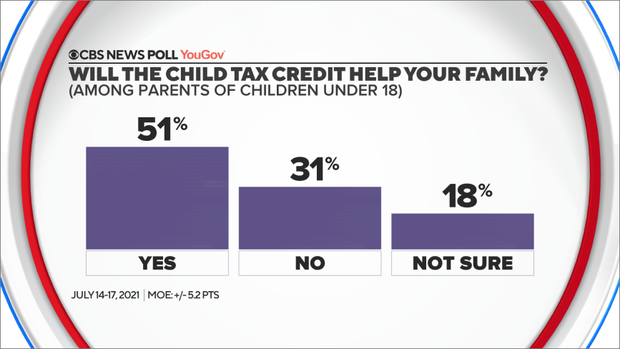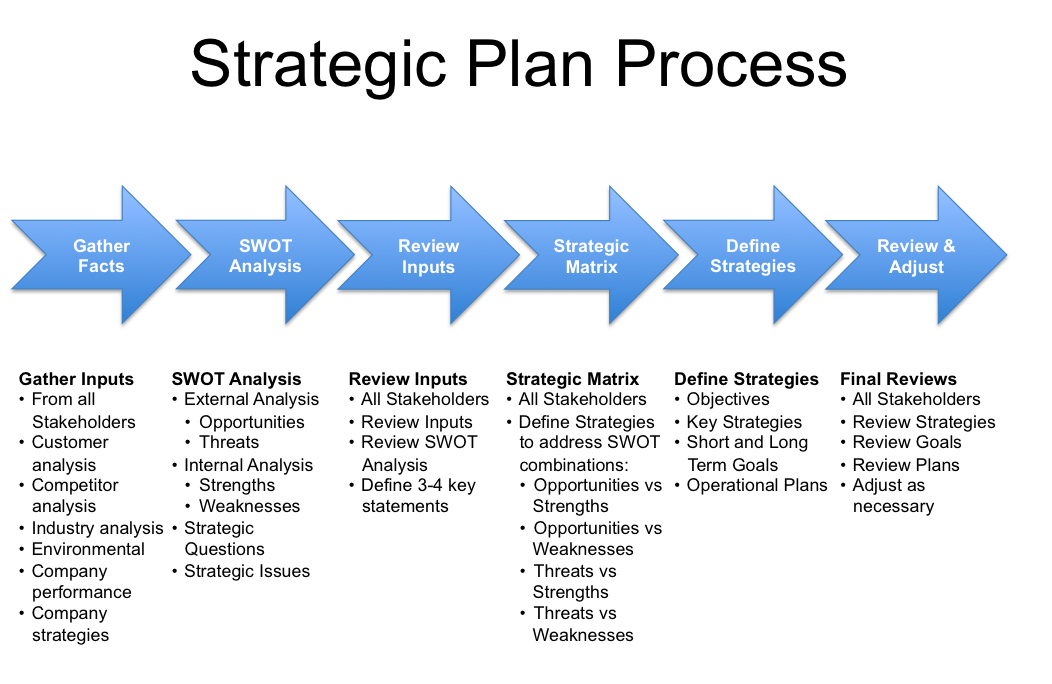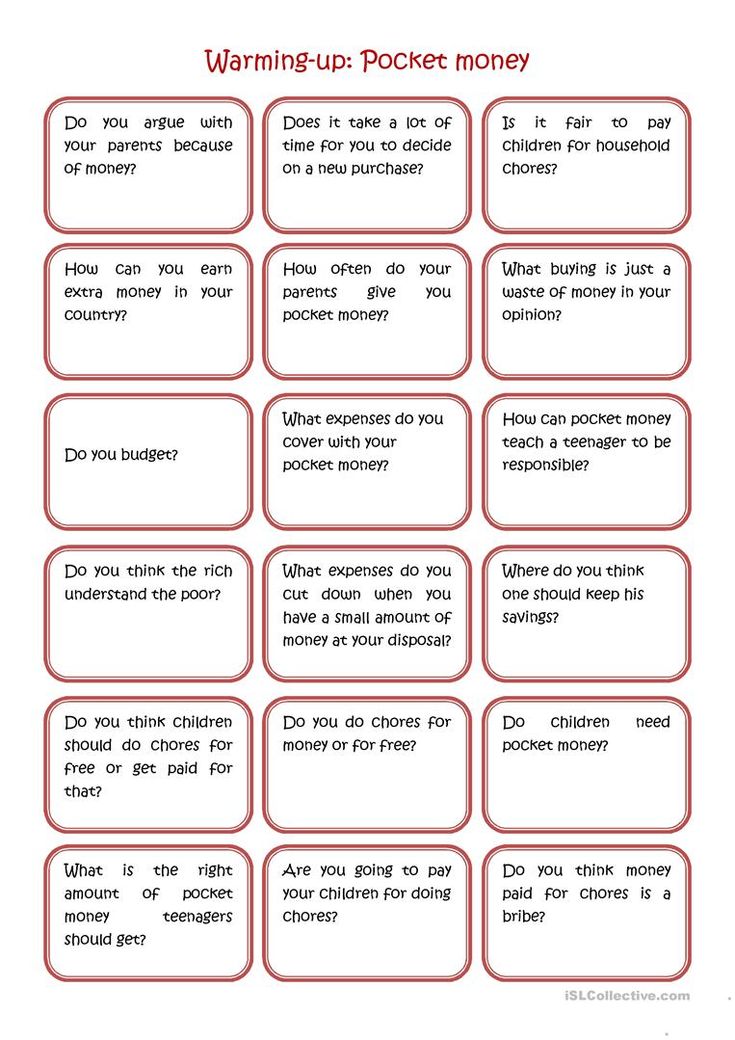How to play with an autistic child
How To Play with an Autistic Child (10 Tips)
Wondering how to play with an autistic child? In my private practice and online, I am asked again and again how to play with an autistic child. It can be difficult to to feel as though you are really connecting with a child with autism in play. It can also be challenging to know how to set up play opportunities and whether or not to teach during play (and how to accomplish specific goals). Make sure you download and print out my 10 tips for playing with an autistic child checklist to get the most out of this post! Keep it in your home, classroom or private practice to encourage play.
What is play?
Any activities that you engage in for enjoyment or recreation, rather than a serious purpose, is considered play. Play includes social play (involving 2+ people) or independent play. (If you are working on building independent play skills, you’ll love these games kids can play alone).
How to play with an autistic child (12 Tips)
In the case of children with autism, the lines between play and work sometimes become blurred. We are so focused on finding and creating teaching opportunities that we sometimes forget to just play with children on the autism spectrum.
Download your FREE 10 tips for playing with an autistic child checklist!
Wondering how to play with an autistic child?
1. Follow your child’s specific interests
It will much easier to encourage your child or students with autism to enjoy play if you follow their particular interests. Little ones on the autism spectrum tend to have favorite objects, toys and even themes of conversation. Use their favorite objects and toys in play. If they are speaking, chat with them about their favorite themes. If your child or students loves trains, invite them to play with Thomas the Tank Engine.
2. Structure play
Provide structure in your play. “Free play” can actually be quite stressful for individuals with autism. It’s better to lay out clear steps for play. Create 3 to 4 simple steps and help your child or student complete each part of the play activity you’ve set out.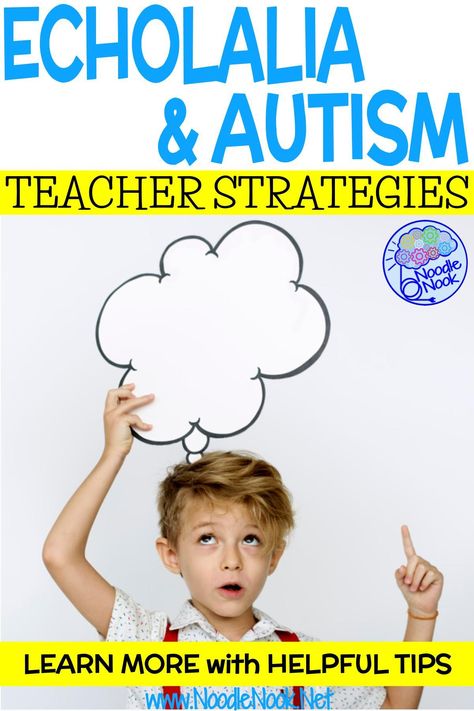
3. Have a goal
While the ultimate goal of play is to relax and have fun, having a goal for play makes it even better when playing with a children with autism. Autistic kiddos tend to get lost without structure and having a clear goal that you explain and are working towards during play is reassuring and even more fun for kids on the autism spectrum.
Download your FREE 10 tips for playing with an autistic child checklist!
4. Limit play (time it)
Play needs to be fun. Sometimes “play” can feel more like hard work for children with autism. Increase play time in small increments. Start with 5 minutes and build up in 5 minute increments from there to make sure that you are keeping play fun rather than imposing a difficult experience on your little one and just calling it “play”. (We’ve all been guilty of this!)
Related : Videos for Autistic Toddlers
5. Make it as fun as possible
Do everything in your power to make playtime fun! Afterall, don’t forget that that is what play is all about in the end. Making play fun, will also encourage your little learner to want to come and play with you again next time.
Making play fun, will also encourage your little learner to want to come and play with you again next time.
6. Reinforce play
In addition to always making play fun, reinforce play. To reinforce play means to present something positive (an item or activity) after play takes place.
For example, if your child loves watching Blippi You Tube videos, set up a play activity for 15 minutes, followed by watching Blippi videos for 15 minutes. By setting this scenario up in this order, you are connecting the experience of play with a favorite activity (the videos) and making it more likely that your child or student will want to play again.
It is important to remember for something to be a reinforcer, it’s presentation after an activity/behavior means that it increases the probability of the activity/behavior happening again.
Download your FREE 10 tips for playing with an autistic child checklist!
7. Use visual cues
Use visual support to help autistic learners participate in the activity at hand to the best of their ability. I love using an asd visual schedule during play to make it easier for my little learner to get the most out of our play activity. There are so many benefits of visual schedules including increased focus, better connection and easier play.
I love using an asd visual schedule during play to make it easier for my little learner to get the most out of our play activity. There are so many benefits of visual schedules including increased focus, better connection and easier play.
8. Add a sensory component
The majority of kids on with autism love sensory play! Let’s use that passion to our advantage. Set up some simple autism sensory boxes and let the fun play begin! Of course, not all kids on the autism spectrum love sensory play, if your little learner is just not that into it, don’t fret. Propose something else that your kiddo finds fun.
The goal is to follow their interests to connect with them and engage in play.
9. Use beautiful learning materials
Autistic individuals tend to be highly visual. This means that they notice every detail of the learning materials we use, including colors and shapes. I love to present a collection of curated learning materials for my play sessions that I know will be highly attractive to children on the autism spectrum.
I love using a variety of colors, shapes and patterns to make play more fun.
If you’d like to see the materials I use for play sessions, check out these posts :
- Sensory Toys for Kids with Autism
- DIY Fidgets
- Autism Puzzles (my favorite puzzles for your home program, classroom or therapy practice)
10. Support repetitive and difficult behaviors
A lot of individuals with autism struggle with repetitive and/or difficult behaviors. Depending on severity, these behaviors can create a serious barrier to play. Do your best to understand why these behaviors are occurring and how you can support your little learner’s behaviors while also encouraging play.
Some examples that come to mind from my work and experience? Children who chew on everything can have a hard time playing. Introduce autism chew toys to help support this behavior while encouraging play. If your child or student is struggling to ask for simple things during play and needs support in building communication skills, use a communication binder to make communication easier and more fun.
Download your FREE 10 tips for playing with an autistic child checklist!
More Autism Resources
- The Successful Interaction with a Child with Autism Course – learn to better understand your autistic child or students with this complete course.
- Autism Activities Workbook Bundle – build communication skills, fine motor skills, sensory play skills and daily living skills, while helping your child or students to successfully manage any difficult behaviors, with these fun, educational, printable activities.
- Sensory Communication Workbook – Build communication skills with simple sensory activities.
- How to Make a Communication Binder Guide & Workbook – Learn how to create a Communication Binder for your child or student with autism using real photos. Follow my expert guide to learn how to use it to increase communication skills.
- Zoo Animals Play Dough Mats Bundle – use these printable play dough mat to work on the names of the animals, build language skills, and increase fine motor strength and precision in a fun, sensory way!
How to play with an autistic child
Use these tips to engage your child or students on the autism spectrum in fun play activities.
Pin for later!
Learn to create a Progress Nook for your child at home in 7 days
Receive 7 emails - 1 email each day - for FREE that will teach you exactly what to do, then receive emails once per week with fun learning activities for your child
Powered by ConvertKitImproving Interest in Toys and Games
Children with autism and playIt is common for some children with autism spectrum disorder (ASD) to have very limited play skills. This can mean that a child plays with only a few toys, plays in a repetitive way or doesn’t play with toys the way most kids do.
For example, there may be several toys in a child’s room, but she only chooses to play with cars, or she may become fixated and do the same activities over and over again—like pushing blocks off the table. She may also focus on the wheel of the car or just drop it on the ground rather than rolling it across the floor.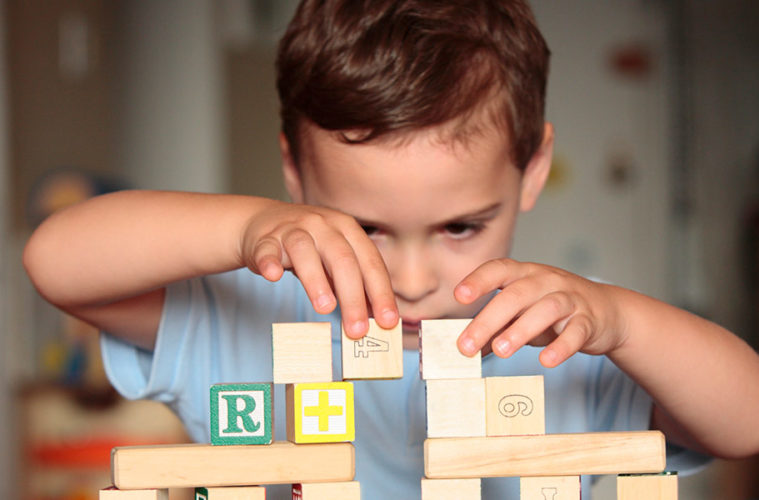 Parents often struggle with how to get their child interested in new toys and activities or break these routines.
Parents often struggle with how to get their child interested in new toys and activities or break these routines.
For children, playtime is learning time, and playing with toys and games is very important for developing new skills. Creating interest in toys and games can lead to opportunities for appropriate play instead of engaging in self-stimulating behavior.
During playtime, you can help kids with autism practice communication skills like asking questions and using new words. Some children with autism may not pay attention to others, and playtime is a great way for them to learn that spending time with others can be fun. It’s also a good time to introduce social skills, like taking turns and sharing.
Four strategies to engage your child in play- Let your child’s interests lead you. Watch what she plays with and see if you can identify common themes.
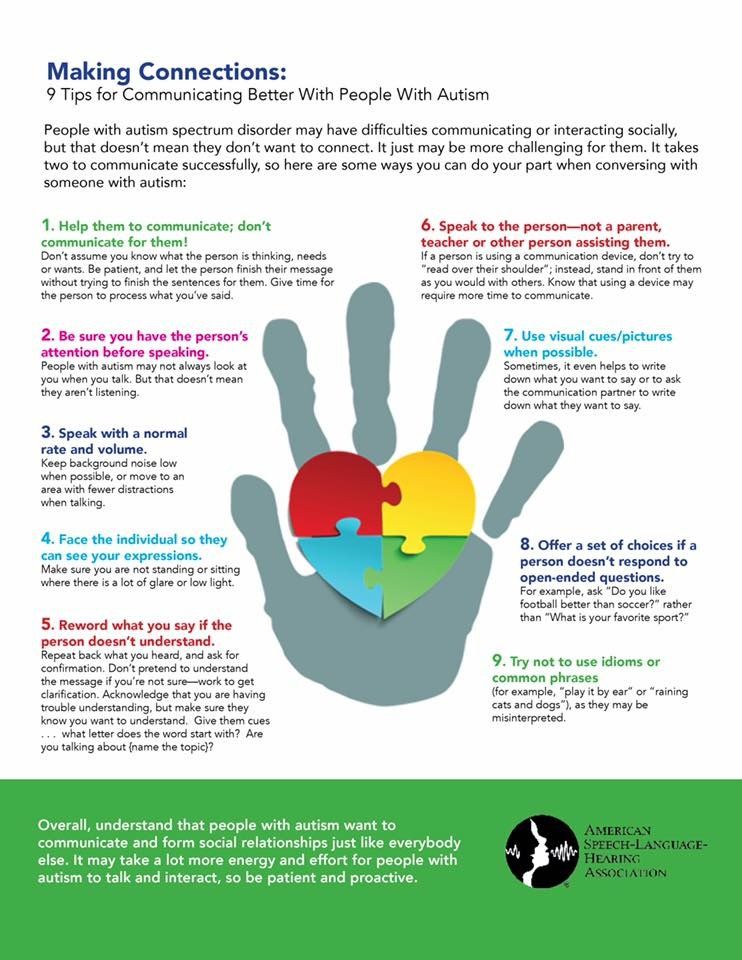 For example, if your child likes to play with a police car with lights or a toy flashlight, try introducing other light-up toys, like a Lite-Brite or light-up yo-yo.
For example, if your child likes to play with a police car with lights or a toy flashlight, try introducing other light-up toys, like a Lite-Brite or light-up yo-yo. - Introduce new toys and show your child how to play with them. Remember to label new toys and talk about what you are doing, so you can model new words and create opportunities for your child to use language.
- Rotate toys on the toy shelf. Kids can get stuck in a rut and may choose to play with the same things over and over if those are their only choices. Even if there are fewer choices, your child may begin to play more when the toys change.
- Try including preferred toys or snacks in new play activities. For example, put your child’s favorite chips on a table in a dollhouse. You can model feeding the chips to a toy Spider-Man and reward your child with chips while she learns to play with a new toy.
Play should be fun and rewarding for your child. Taking the steps to encourage your child’s interest in various toys and games will help with social skills and communication.
We recognize that every child is unique and that the content of this article may not work for everyone. This content is general information and is not specific medical advice. We hope these tips will serve as a jumping-off point for finding the best approach to helping a child with autism. Always consult with a doctor or healthcare provider if you have any questions or concerns about the health of a child. In case of an urgent concern or emergency, call 911 or go to the nearest emergency department right away. Some physicians and affiliated healthcare professionals on the Children’s Healthcare of Atlanta team are independent providers and are not our employees.
How to play with an autistic child - Advice for moms today
The child supports any skills and socialization to be with friends, to be able to play and communicate. If your child is autistic, they probably have the same skill, just needs that little push to help you connect with your surroundings. Usually people with autism they find a threatening world where everything around them is overly aroused.
Usually people with autism they find a threatening world where everything around them is overly aroused.
Note that the autistic child has a different form of communication, he maintains a different perception of his environment and therefore acts from the other side. They are children of what you can interact with, although they only have a functional variety. If their skills are handled with great care, great strides can be made to make the child feel more self-sufficient.
Index
- 1 How to play and entertain an autistic child?
- 2 How should we act to make an autistic child want to play
How to play and entertain an autistic child?
Children with autism need explicit organization and daily chores . They cannot interpret that now is the time to do something that suddenly arose, but they need to be taught that if something suddenly arose, it should be accepted like any other.
To develop certain skills, it is important to know the interests and tastes of each child. It will also depend on the age and level of development where you can participate in activities and games depending on their resources: the simpler the better. You have to see if the child learns much better by sight, sound or touch.
How should we act to make an autistic child want to play
Adults should create such a connection with the child that he is sure that he is going to install this game and communicate with confidence . sensorimotor games and body contact games attract their attention most of all, the main thing is that they are fun and interesting for the child. The predominant toys they love to interact with are puzzles and simple crafts. In classes where they need to use textures, it's best to introduce them gradually. nine0003
must Make the child pay attention to any game to practice. The sequence of moments should be motivating and present it as a fun activity. You have to make sure that what you are going to play with is fun and that has a beginning and an end.
The sequence of moments should be motivating and present it as a fun activity. You have to make sure that what you are going to play with is fun and that has a beginning and an end.
We will talk to you in a calm voice and in direct and simple words, we will introduce you to the toy, we will invite you to visualize how it works, and we will stop for a while to register it in your head. If the child asks you to resume the activity, it's because he likes it, and now you should invite him to interact with the object. We'll try not have background noise or anything that distracts you and interfere with the moment. Don't use confusing words or phrases or confusing messages as jokes she can't understand.
If there are levels in the game you don't need to increase your dexterity gradually like any child. Children on the autism spectrum require hours and hours of equal play ability (repetitive play).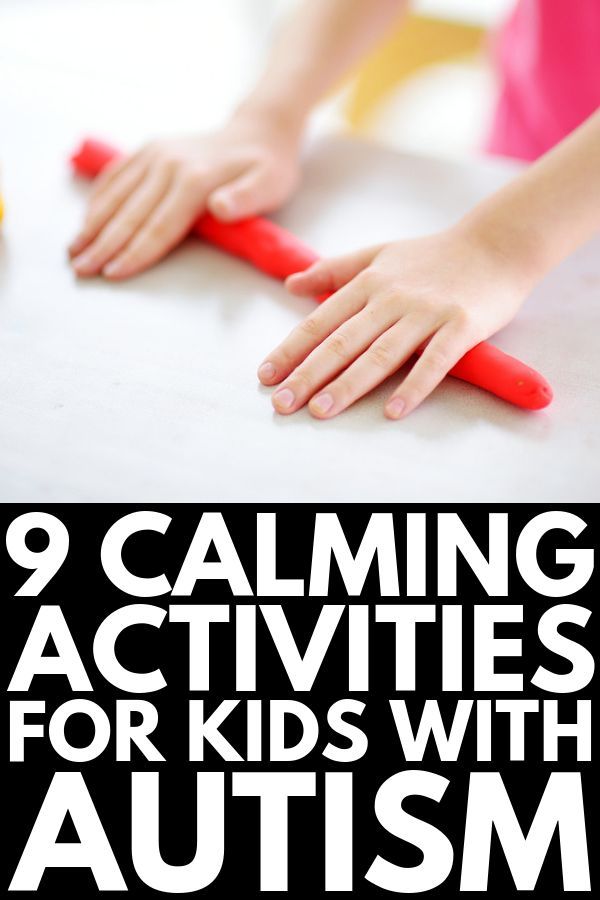 Much later we will be able to demand raise this level if necessary . On the other hand, there are children who require a lot of interest in certain things and who create a strong connection, especially with number games or objects with many curious details.
Much later we will be able to demand raise this level if necessary . On the other hand, there are children who require a lot of interest in certain things and who create a strong connection, especially with number games or objects with many curious details.
The fact that they have to interact with other people who do not belong to their environment. this may seem complicated to you. They do not know how to understand the other person's point of view and therefore cannot act in a predictable way to be able to to anticipate the events that will happen. You will also not be able to follow a conversation in detail if you are not passionate about the topic under discussion and your tone of voice may sound different or strange.
The purpose of playing with them is to make them understand they learn to interact with people. An adult can give you all the advice you need to develop your communication in the game.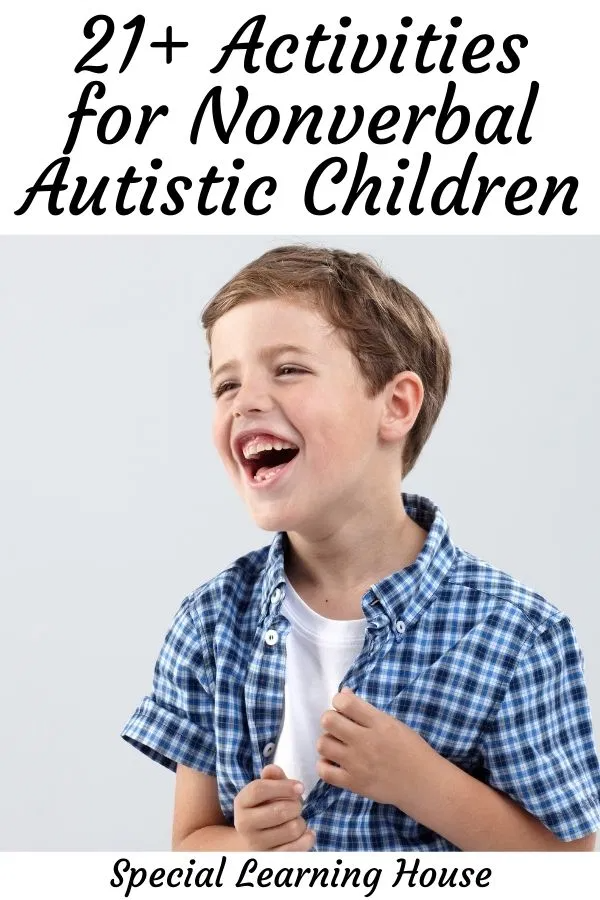 That an adult does it will be much better for that they learn to imitate them. Music is one of the best resources for developing these children's abilities, and they can do so through music therapy. nine0003
That an adult does it will be much better for that they learn to imitate them. Music is one of the best resources for developing these children's abilities, and they can do so through music therapy. nine0003
The content of the article complies with our principles of editorial ethics. To report a bug, click here.
You may be interested in
How to play with children with ASD?
Autism Spectrum Disorders (ASDs) are developmental disorders in which reduced social interaction is most commonly observed.
It is difficult for parents to understand that their child's development is different from others, but it is even more difficult to recognize the real problem in the form of mental abnormalities in the child. Unfortunately, not all parents immediately pay attention to the behavior of their child that is atypical for a certain age, and that is why they may subsequently feel guilty. nine0003
There are many different situations in which it is important to find the right words for parents who are faced with the manifestation of ASD in their child.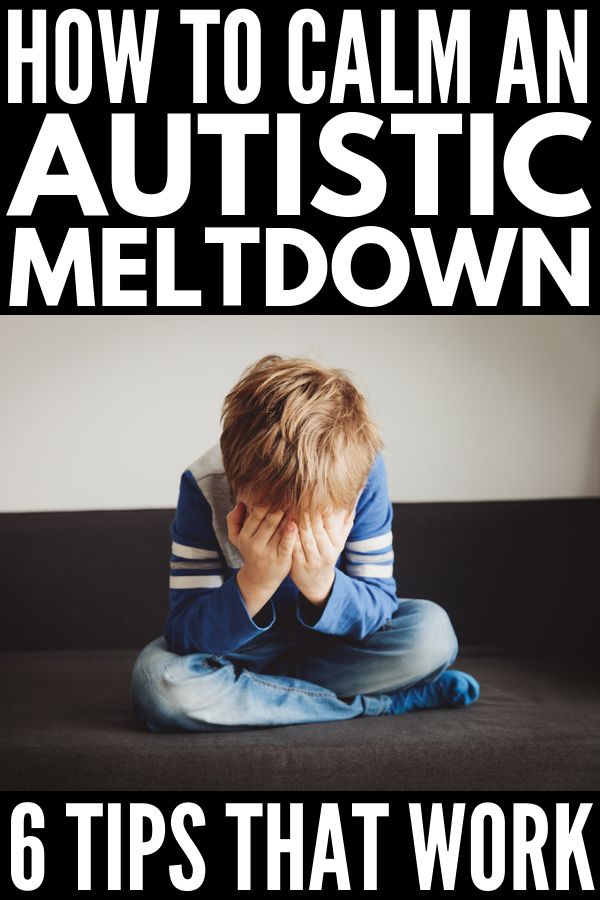 You should not express popular stereotypes, criticize the behavior of the child.
You should not express popular stereotypes, criticize the behavior of the child.
Practice shows that children with ASD can be born in any family, regardless of its wealth, well-being and social status of the parents.
How do you know if a child has ASD?
ASD symptoms most commonly appear in early childhood, but depending on the form, the diagnosis may not be clear until school age. nine0003
The main clinical manifestations of ASD are persistent disturbances in social interaction and communication with other people, as well as repetitive patterns of behavior limited to one interest.
Typically, this manifests itself in difficulty interpreting gestures, weak facial expressions, lack of eye contact and empathy, as well as a repetitive pattern of behavior.
Examples of repetitive patterns of behavior can be a peculiar way of speaking, using the same gestures, focusing on certain objects. nine0003
The specific causes of autism spectrum disorders are unknown.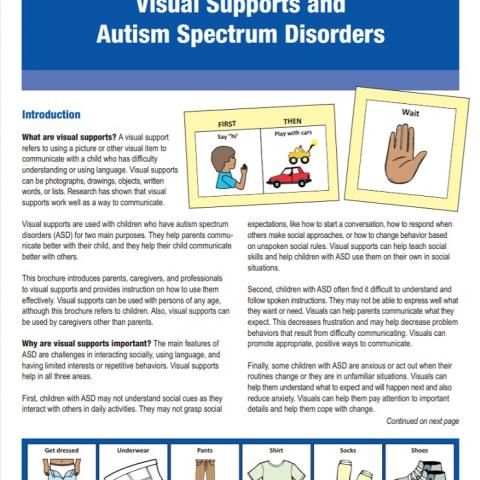 There are a large number of theories and conjectures - for example, the influence of a genetic component, the use of ultrasound during pregnancy, or the late age of parents. It is assumed that the prerequisites for the emergence of ASD lie in the structure and functioning of the brain.
There are a large number of theories and conjectures - for example, the influence of a genetic component, the use of ultrasound during pregnancy, or the late age of parents. It is assumed that the prerequisites for the emergence of ASD lie in the structure and functioning of the brain.
Despite tremendous advances in science and medicine, the line between intellectual disability and autistic disorders is still blurred. nine0003
We are used to automatically considering an autistic child mentally retarded. It is important to know that children with ASD may have difficulty with abstract thinking and interaction with other people, but they can also grasp the entire school curriculum on the fly, remember facts well and achieve success in scientific and creative fields.
Why are there no normal statistics of ASD patients in Kazakhstan?
According to the official data of the Ministry of Health for 2018, the prevalence of the disease in the country averages 2.6 per 100,000 children, but these figures do not reflect reality.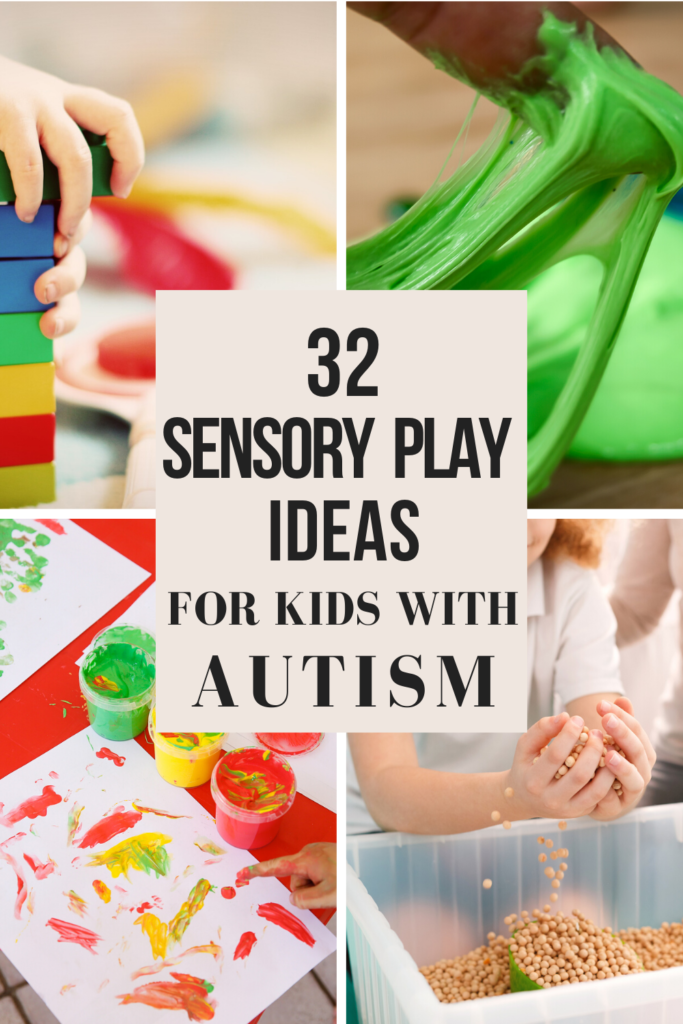 nine0003
nine0003
In his interview for Bnews.kz in 2018, the Director General of the Center for Mental Health of the Ministry of Health of the Republic of Kazakhstan, Nikolay Negai, said that statistics on patients with ASD in Kazakhstan are distorted, because the data is collected in two Ministries - Health and Education - where they are strikingly different from each other. friend. The indicator of the Ministry of Education and Labor is higher because among people registered in a particular institution, a diagnosis can be made more often than among those who seek help on their own. nine0003
World statistics show that every 54th child has ASD, which increases this figure by 10% compared to 2018. There are several reasons for this: in recent years, skills in diagnosing the disease have improved, diagnostic criteria have changed, and programs for helping sick children have begun to develop, in which their parents have become more interested.
Boys are three times more likely to be autistic than girls.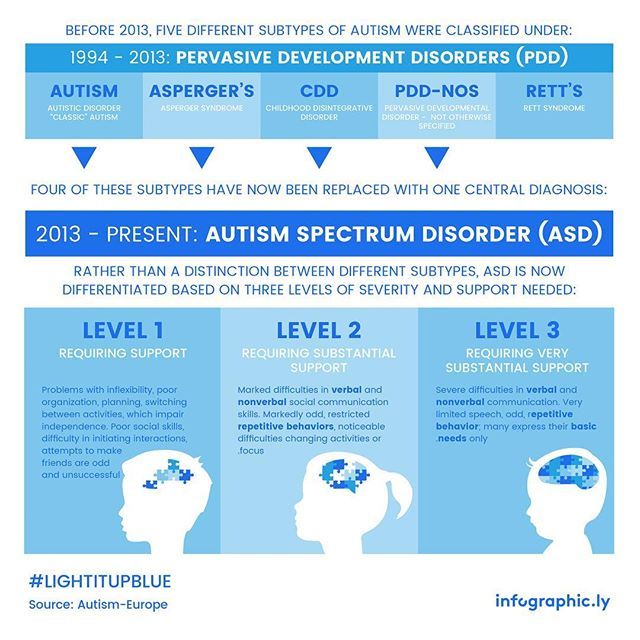
How do games help in the fight against autism? nine0084
Although there is no single treatment and specific medication for ASD, there is an auxiliary option to help delay the development of the disorder - games.
Games can have different effects on children and be small, repetitive or limited in activities. While playing, they may prefer the toy or the technique itself.
It is normal for children with ASD to be more interested in the structure and mechanics of the action than in the toy. nine0003
Games teach communication skills such as imitating peers, learning about the environment, developing the ability to share things and interact with adults, engaging in conversation, patience.
It's important to remember that every child will react differently to play, so don't be discouraged if your child doesn't want to play in the early stages.
Do not rush the baby, it is better to give him time to adapt and let him be a little capricious at the beginning.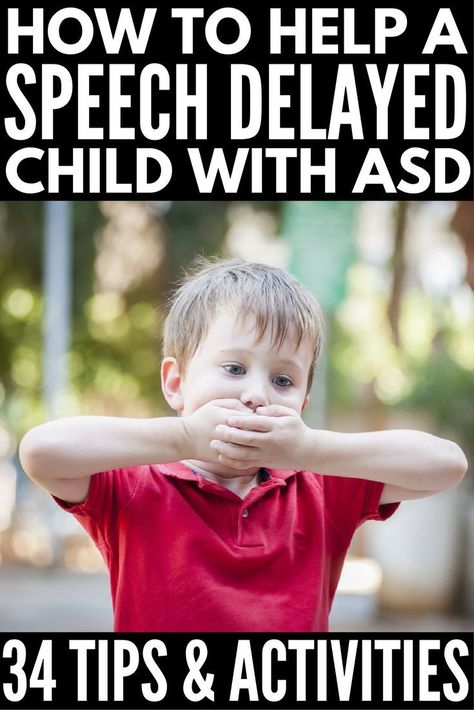 nine0003
nine0003
A selection of games for children with ASD
- Playing with an object
Recommended age: 3+
Skills that the game develops: teaches you to control objects and makes you understand the action-consequence pattern.
How to play: choose a mechanical toy like a clown jumping out of a snuff box and sit facing the child so that the toy is facing him.
Start turning the handle slowly to demonstrate the process until the clown jumps out. Feign surprise and interest, and then repeat all over again. After a while, let the child repeat your actions. nine0003
- Up close exploration game
Suggested age: 5+
Skills the game develops: allows children to explore the world around them with their senses and is a great addition to outdoor play.
How to play: Let the children look at objects with a magnifying glass or magnifying glass - it is safe for children and develops their interest, because it allows you to see the little things that the naked eye cannot see.
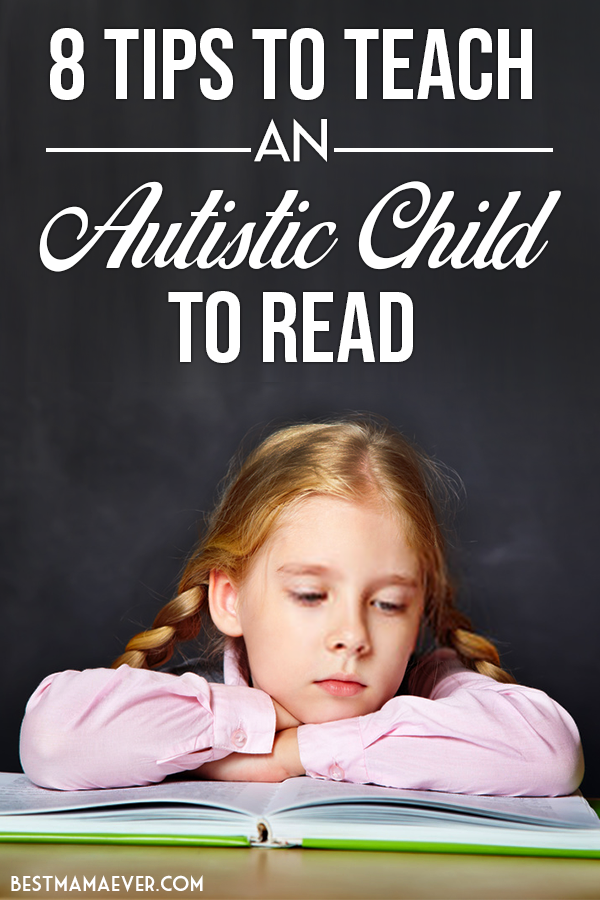 nine0003
nine0003 Show the children how to use the glass by moving it closer and closer to objects, it is important to work together. Also teach children how to hold a magnifying glass correctly and carefully, and give more freedom in terms of choosing a subject to be studied.
- Attention game
Recommended age: 3+
Skills that the game develops: improves vocabulary, attention and memory, teaches the child to understand the shapes, sizes, textures and colors of objects. nine0003
It is important to focus on the strengths of the child, but at the same time try to develop the weaker ones. Try to sort things with your child according to a certain color, shape, texture, etc., choosing only one category at first.
If your child prefers to play only with his own toys, try encouraging him to use the toy in the traditional way. For example, make the car drive on the remote control or press the keys of a toy piano. Showing the essence of the subject and its possibilities is equally important for the development of children with ASD.
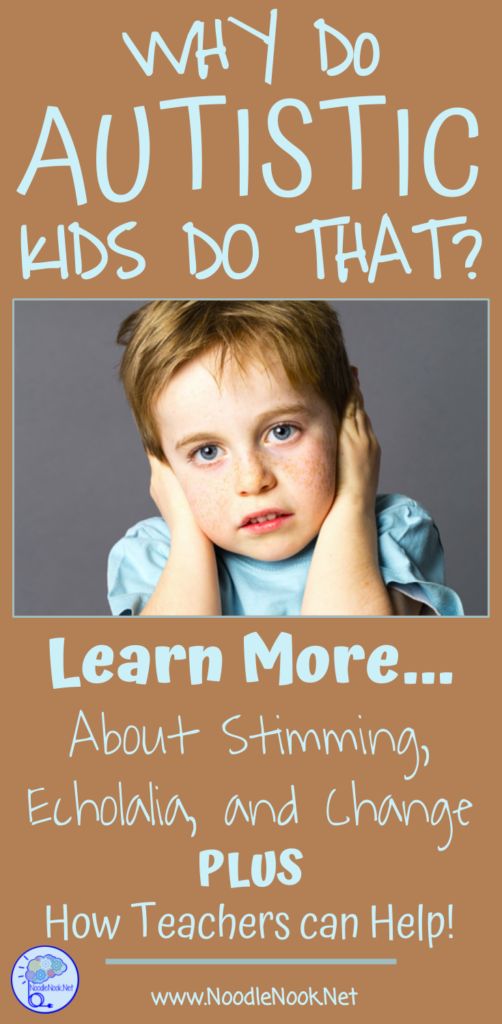 nine0003
nine0003 - Memory development game
Recommended age: 4+
Skills that the game develops: suitable for children who have difficulty in socialization, provides an opportunity for a child to have a quiet time, develop his memory.
How to play: There are special sets of picture cards designed to capture children's attention. Lay out the cards on a certain surface and successively turn over two cards face up until the child begins to memorize the images and find similar ones. It can also contribute to the development of the skill of remembering people by their faces. nine0003
- Vocabulary development game
Recommended age: 3+
Skills that the game develops : allows you to feel the influence of society and the environment without requiring direct interactions with people, develops vocabulary.
How to play: Set up a table with chairs around for several children.
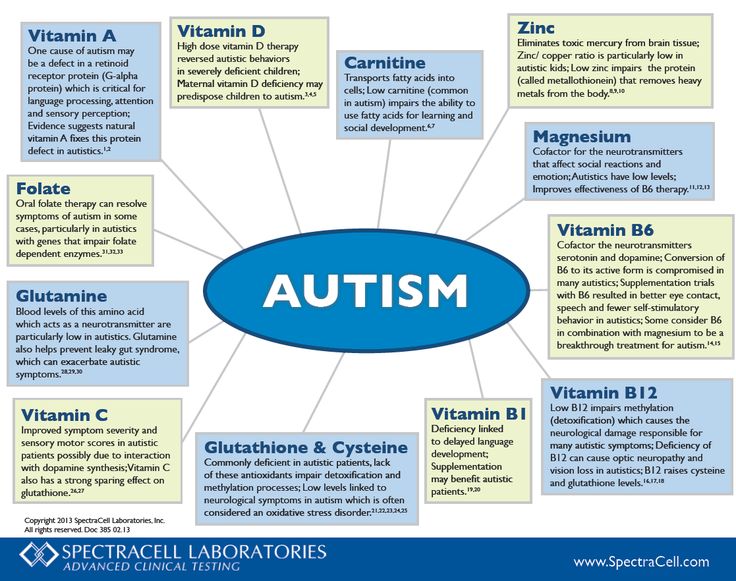 Give them some brightly colored clay or plasticine and make sure they stay physically close to each other while playing alone. Try discussing the color and smell of the clay, and encourage the children to share their opinions and show each other examples of the crafts. In this way, one can begin to break down the barriers to social interaction. nine0003
Give them some brightly colored clay or plasticine and make sure they stay physically close to each other while playing alone. Try discussing the color and smell of the clay, and encourage the children to share their opinions and show each other examples of the crafts. In this way, one can begin to break down the barriers to social interaction. nine0003 The game is suitable for taciturn children: even if they play next to other people, they still do it alone, so they perceive it calmly. Children may use each other's toys or copy the behavior of nearby children.
- Interaction game
Recommended age: 3+
Skills that the game develops: physical training, development of hand-eye coordination.
How to play: Give two children a soccer ball and show them how to roll it with their foot or toss it between their hands. The game can be played both indoors and outdoors for short periods of time, making sure that the children do not overwork and enjoy the process.
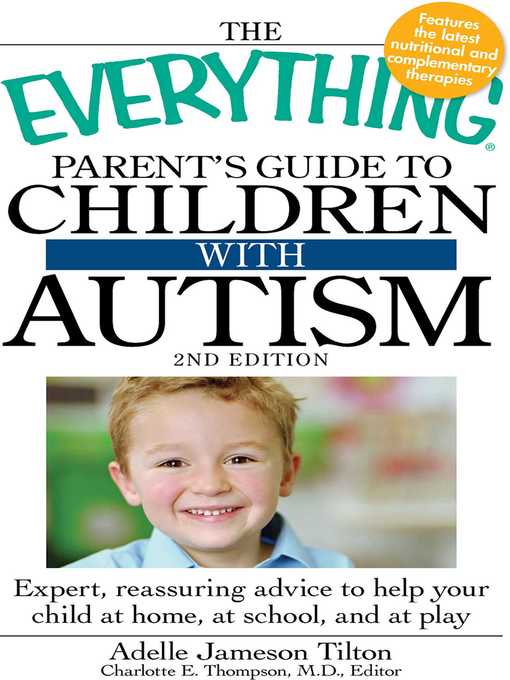
- Imagination game
Recommended age: 5+
Skills the game develops: imagination
How to play: you can play an impromptu car wash. Have one child hold a sponge, another hold a hose, and a third hold toy cars to be washed. To make the game more interesting, arrange it in the warm season in the yard and provide a real sponge and hose for clarity.
How to interest a child?
It is wise to start with simple, well-structured games that contain repetitive elements. They are most suitable for children with ASD, as they teach patience and help control feelings of frustration. You need to carefully monitor how your child interacts with other children and what his social behavior is. nine0003
We've put together a few tips to help you get the most out of your games:
- Help your kids improve their vocabulary by saying the names of things around you and the things you do.
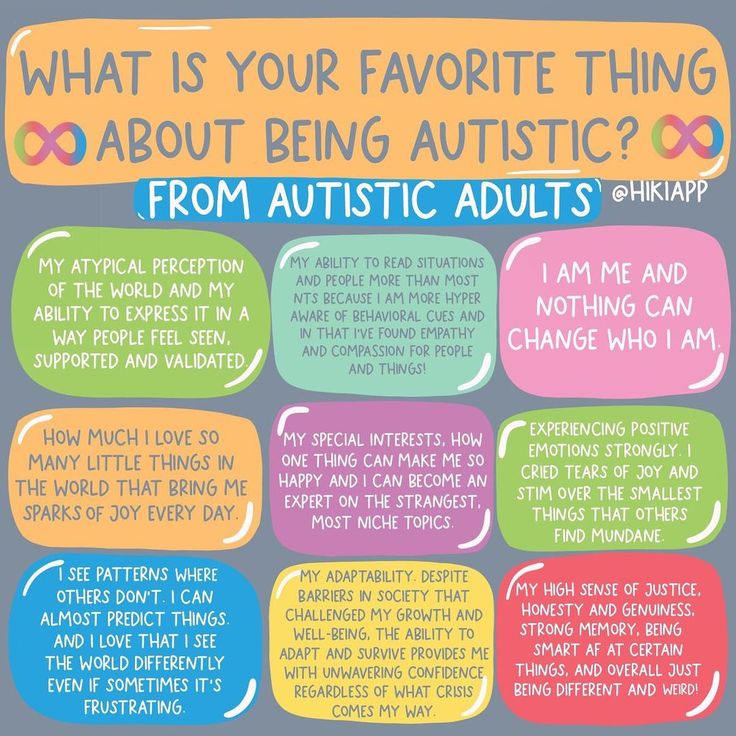
- Praise the child for any, even the smallest successes, to motivate him to strive for more.
- Do useful things - this way you will kill two birds with one stone. For example, by turning buttoning into a game, you will both help develop fine motor skills and teach your child an important action that will come in handy in the future. nine0020
- As examples to demonstrate certain situations , take cases from the life of - everything that happens to you and your child during the day. This makes it easier for him to take in the information.
- A child with ASD may have limited understanding of play. For example, may be only interested in playing with green blocks to the exclusion of all other toys. Do not remove the object that the child likes, but try to carefully add others to it so as not to limit. nine0020
- Be sensitive to the child's feelings. If you are glad that he wants to play, then be glad that he refuses to play as well.
